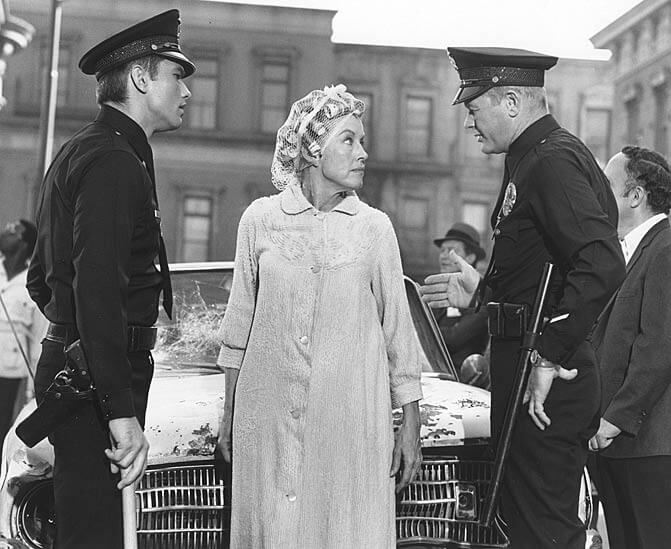As if we needed another example of how technology is creeping into our brains, how about this one: YouTube’s Video Discovery System? It’s one thing for Google and YouTube to follow closely behind your interests; we’re all accustomed to that. But now they want to match you step-for-step and even go ahead of you, predicting your future interests.
In one sense, YouTube has long done this. If you look for a a video under the keyword “painting a bathroom,” you’ll get a choice of videos and you watch one. But then YouTube tries to push you out to further interests that are roughly related but not ranging too far outward. In the bathroom painting case, YouTube will push you to other home-related videos.
But the YouTube Discovery System is creepier because it creates a sense of interest where there is no interest. And it shows in your general Google search results. How’s this for trivial:
- I search for Virginia Gregg, an actress born in 1916, died in 1986, and mainly active in the 1940s to 1960s.
- I see that her mother’s name was Mrs. Dewey Alphaleta. Unusual name, so I click on it.
- Voila, in the results I see an entire YouTube channel devoted to Dewey Alphaleta. Thinking that it must be tied to my Google account, I search again, using Incognito Mode. Same results.
- Dewey Alphaleta’s YouTube Channel: zero subscribers, but I could be the first one!
